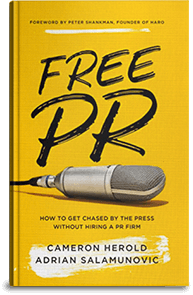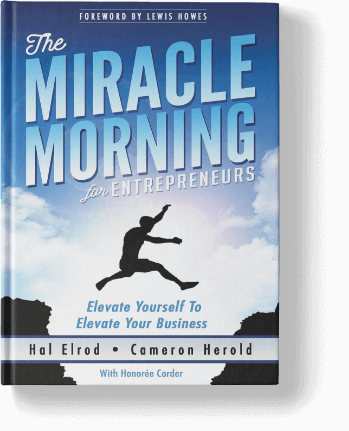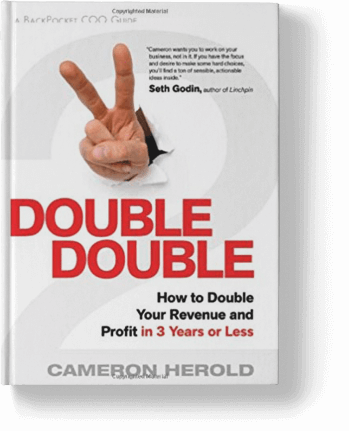Young, ambitious entrepreneurs want a lot of different things, from more press to a better corporate culture, to amazing employees. Underneath it all, though, they all want one thing most of all: to make more money.
Who doesn’t? It’s a universal desire and one that can be achieved! But, to get there, they have to prepare for fast growth. The most important thing, though, is that they’ll never get there without a detailed vision of their future.
That’s where a Vivid Vision® comes in.
First, Know What a Vivid Vision® Is
A Vivid Vision® is a detailed, three to four-page document that lays out a clear, logical vision of what your company will look like in three years.
“A Vivid Vision® is essentially the plan for the future of your company. It’s one that has to be big and ambitious and filled with piles and piles of hope for your company.” – Cameron Herold
When it’s completed, it’s meant to be woven into your company’s culture, guiding your employees’ decision-making and giving all involved clear goals to strive for.
Second, Begin Writing It
Usually, creating a Vivid Vision® is a very involved process that can take as long as six months to get right. Often, young entrepreneurs benefit from help from a mentor or someone else from the business to help them through. Even without one, though, you can still write a great Vivid Vision® on your own. Regardless of how much experience you have writing Vivid Visions®, having one, no matter how rough it is, prepares you far more for fast growth than not having one at all!
Here are some tips to get you started:
- It’s important not to get caught up in the ‘how’ of things. Instead, dream big and worry about the ‘how’ later
- You’ll need to be free of the day-to-day worries of running your business. You need the freedom to visualize your future
- Get out of your office and go somewhere inspiring where you can let your mind wander, such as a hammock in your backyard, or the beach, or the woods, etc
- Turn off your computer. No matter how much willpower you have, the temptation of email or web surfing will be a distraction
- Get out of your comfort zone, think outside the box—choose whatever cliché works for you. Just be creative, even outlandish. You’ll be amazed at what you can come up with. It’s a sure-fire way to create a fun, dynamic vision you and your employees will love to strive for.
Third, Make it Stand Out
A good Vivid Vision® not only prepares you for fast growth, but it also causes that growth as well! The more your Vivid Vision® stands out, the more growth it will bring you.
Often, the Vivid Visions® that stand out most share a few common traits. They forgo all the mind-numbing doublespeak and restrictive, creativity-killing metrics and get right to the heart of the exercise.
What’s the heart, you may ask. That’s simple: What is really possible for my company?
The possibilities for growth are endless when you know the value of a Vivid Vision®, and the preparation it gives you when that fast growth comes is invaluable. Do you want a successful fast-growing company? Then write a Vivid Vision®!
How do you prepare for fast growth? Let us know in the comments below!
If you have questions or would like more information, I’d be happy to help. Please send an email, and my team will get in touch with you!
Editor’s Note: This post was originally published in September 2016 and has been edited for accuracy and comprehensiveness.
















